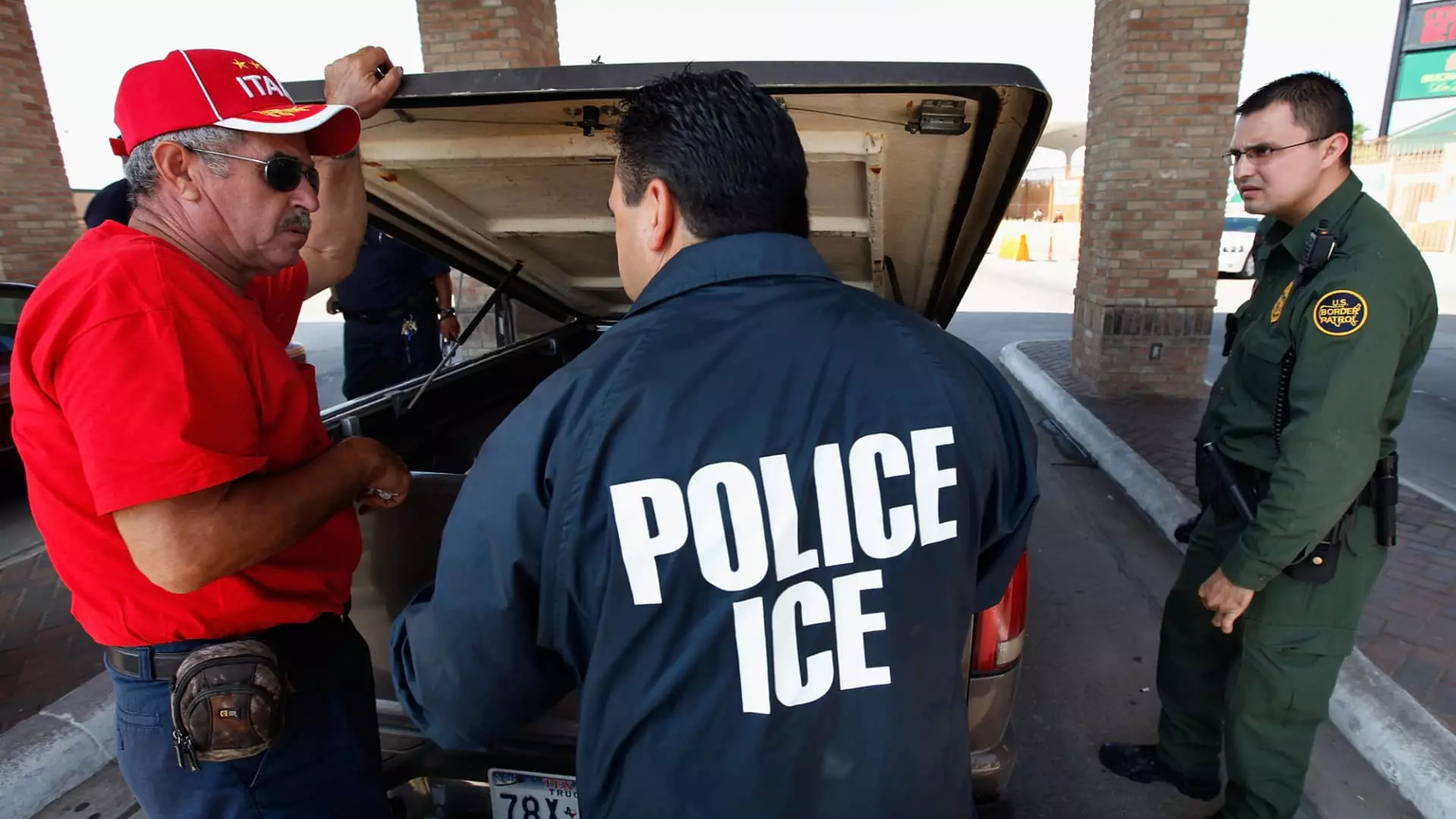Recently, a striking report has emerged revealing that more than 13,000 immigrants with homicide convictions—obtained either within the United States or abroad—are residing freely in the country, outside the watchful eye of Immigration and Customs Enforcement (ICE). This figure stems from data submitted to Congress by ICE earlier this week, highlighting a serious gap in the enforcement and oversight of immigration laws. The immigrants in question are part of ICE’s “non-detained” docket, which essentially indicates that, while there are pending immigration cases associated with these individuals, they are not currently incarcerated. This absence of detention raises pressing concerns regarding public safety and the effectiveness of current immigration policies.
Acting ICE Director P.J. Lechleitner’s revelation has ignited a political wildfire, particularly among Republican lawmakers. Congressman Tony Gonzales from Texas initially requested this information, illustrating the growing discontent with the complex issues surrounding immigration enforcement. Politicians, notably former President Donald Trump, have seized this opportunity to criticize the current administration’s approach to immigration. Trump remarked, “I told you so,” indicating a sense of vindication regarding his administration’s stricter policies. The figures have become a rallying point for those advocating for tougher immigration laws, framing the issue as a threat posed by dangerous criminals within U.S. borders.
The situation becomes more convoluted when considering the dynamics at play within various jurisdictions across the U.S. Certain cities, often labeled as “sanctuary cities,” have policies that limit cooperation with federal immigration enforcement. This can result in criminals being released after serving their time without proper notification to ICE, leaving these individuals to potentially reoffend in communities that feel increasingly insecure. The lack of information exchange between local law enforcement and ICE represents a crucial breakdown in the system, emphasizing the need for a reevaluation of sanctuary policies amidst heightened scrutiny of migrant-related crime.
Two law enforcement officials have indicated that many migrants on ICE’s non-detained docket may remain undetected due to the complexities of tracking their criminal histories, particularly if these histories are established after crossing the border. Often, the U.S. is not promptly informed of individuals’ previous criminal activity until they have already settled in the country, sometimes for years. In addition, limited funding and resources for ICE restrict their ability to locate and detain individuals convicted of serious crimes. The reality is that ICE prioritizes individuals with severe convictions; however, this approach highlights the inefficiencies inherent in the current system.
In response to the increasing attention on the connection between immigration and crime, there seems to be a gradual shift in local jurisdictions towards more robust cooperation with ICE. Lechleitner mentioned that more local governments are reconsidering their sanctuary policies, perhaps realizing the potential consequences of unmonitored immigrant populations. The cooperation between ICE and local law enforcement agencies is critical in tackling the challenges posed by serious crimes committed by immigrants. Nevertheless, the execution of such cooperative efforts requires significant manpower and financial investment, both of which may not be readily available.
The question of immigration, particularly regarding individuals with criminal histories, has posed a multifaceted dilemma for policymakers and society at large. The unsettling statistics provided by ICE serve not just as a political talking point, but as a wake-up call to address the underlying issues that complicate immigration enforcement in the U.S. Balancing the need for humane immigration policies with public safety concerns is no easy task; however, it is a responsibility that cannot be ignored any longer. As the nation moves forward, the need for dialogue and reform will be critical in shaping a system that both upholds the law and respects human dignity.


Leave a Reply